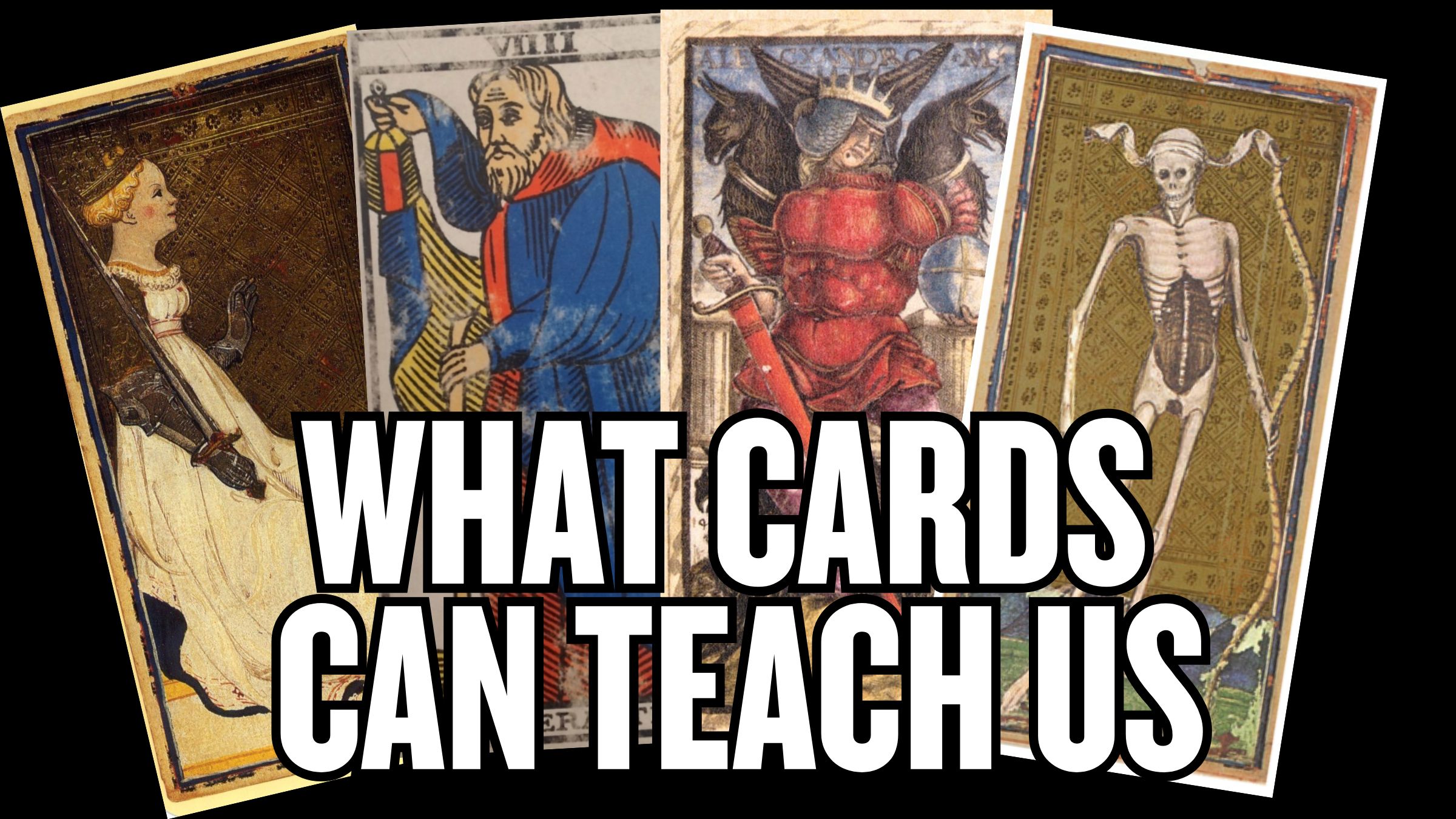
"In Jorge Luis Borges's 1923 poem "El truco", the name of an Argentine trick card game with origins dating back to fifteenth-century Valencia, we learn that these forty cards can be considered a stand-in for life as "decorated cardboard talismans." Through these cards, the players not only lose track of time but also travel within it, replaying and repeating hands of players past."
"Borges's poem aims to re-enchant the commonplace card deck with a "homemade mythology" that gives life, personality, and hidden meaning to cards-especially the two strongest, the ace of swords and seven of coins, which he connects with a wise medieval figure and the feeling of hope. The way Borges describes these cards as representing emotions or personalities is similar to older uses of cards developed centuries past as not only chance-games but vehicles for allegorical lessons."
"Let's briefly trace the history of playing cards, tarot, and lotería to fully appreciate the power that, to borrow once again from Borges, "decorated cardboard" can have on our emotions. In so doing, we can gain a greater appreciation for the networks of cultural exchange of cards throughout the Mediterranean, both sides of the English Channel, and across the Atlantic."
An Argentine forty-card trick game from fifteenth-century Valencia can function as a stand-in for life, with cards acting as decorated talismans that enable players to lose and travel through time by replaying past hands. Two powerful cards, the ace of swords and the seven of coins, are personified and linked to a wise medieval figure and to the feeling of hope. Historical uses of cards blended chance with allegory and moral lessons. Ornate and personalized decks historically signaled status as painted pocket art. Playing cards likely developed in ninth-century China, while surviving early decks are found in the Mamluk world and fifteenth-century Europe.
Read at Medievalists.net
Unable to calculate read time
Collection
[
|
...
]